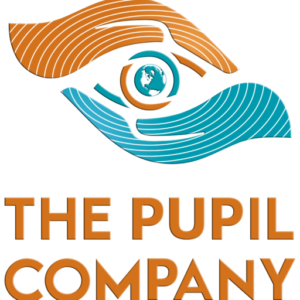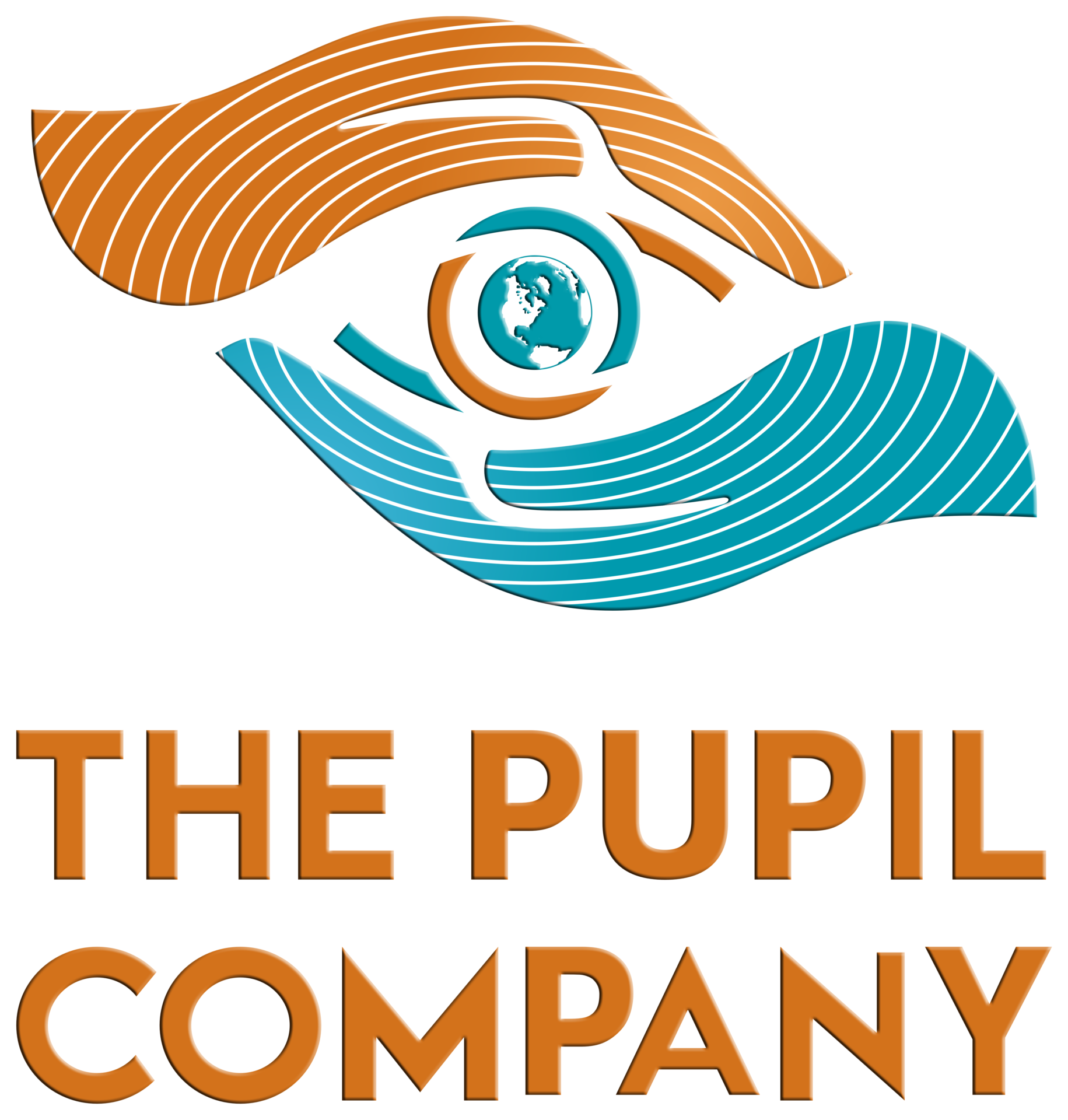It was an old man that sat in the town square. He would listen to the children rabble on until there was a pause long enough for him to dryly ask, “Why?”
It was a strange question at first, but the kids would make their best guess at the correct answer to which he would ask, “Why?”
Wash, rinse, repeat; the cycle would continue until the man, Socrates, was poisoned for corrupting the youth.
“Why” was a dangerous question in an age when people were expected to do what they were told; conversely it’s an essential question when people are expected to do their best.
In education we call this concept contextualization- the process by which the learner connects the “why” with the “How” and the “What.”
In answering the “Why” you are arming your learners with the ability to critically engage with the material that they’ve been presented, and more importantly, now have the ability to truly take ownership of their work.
Think for a moment about a production floor where minutes can mean millions and execution is non-negotiable. Imagine a problem with a large piece of machinery and a confused technician standing next to it. A Supervisor runs over to examine the problem, then looks over to the technician to find out what they had done to solve the problem. In the event that the technician sheepishly looks up and responds, “I wasn’t trained on that” the Supervisor has every right to lose his mind.
What is the real problem- because it’s not the machine- it’s that information has not been contextualized to the technician so that he has taken ownership for his machine. “I wasn’t trained on that” works for a few weeks after they’ve started; but, when the knowledge is connected back to why the procedures are in place, why steps are taken in a particular order there is more than a discreet set of facts being communicated, ownership is being given.
It can be frustrated process to continually ask “Why.” But, this is a necessary step that provides full access for your learners to do more than add to their education, rather they are empowered to assume a mantle.
So, now the onus is on you, look through your material and simply ask “Why.”
Why are you teaching what your teaching?
Why is it presented in the order that it is?
What is goal for each particular section and how do these smaller goals serve the bigger “Why?”
What’s YOUR Vision?

